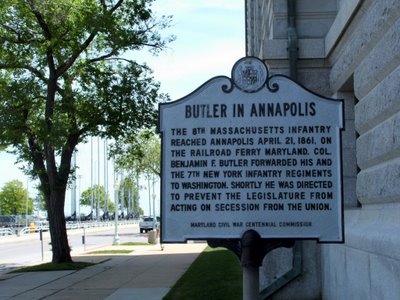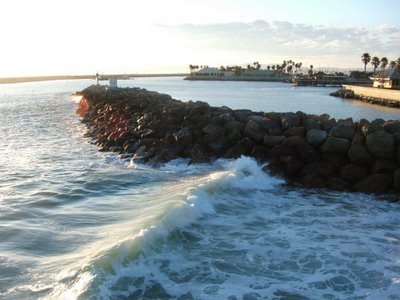Only once and a while does a book I read really make a significant impact.
The Tipping Point: How Little Things Can Make a Big Difference was one of those books. I’m not sure I’ll ever look at the world the same way again.
Ever heard of a American Revolutionary War historical figure named William Dawes? Ever hear of Paul Revere. Would it surprise you to know that William Dawes and Paul Revere played the same role in trying to alert anti-British colonists of an impending attack? Why is it everyone remembers Paul Revere and not William Dawes?
The author uses this and many other examples to explain why some information spreads by word of mouth like wildfire, how fads get started, how epidemics spread, why some messages are “sticky” (easily remembered), why anti-smoking campaigns aren’t working, and more.
He proposes Three Rules which control epidemics or the rapid, viral spread of information (or disease).
- The Law of the Few
- The "Stickyness" Factor
- The Power of Context
Just a
few people can make a big difference in spreading rumors, starting fashion trends, spreading disease, or making a product “cool” – but only if they’re the right people:
- “Connectors” – People who know lots of people. People other people want to know. They are “social glue”.
- Paul Revere is remembered in history because he was a connector. He knew who to tell in each village along the way on his midnight ride. He knew who would spread the word quickest. William Dawes was not connected and the people he told about the impending British attack were not able to get their militia gathered together to be effective participants in the battle.
- “Mavens” – People who provide us with new information. People who accumulate knowledge but are not passive collectors. They want to share what they know. They educate and help without persuading.
- People like the lady you always ask which store has the cheapest price for an item
- The guy you ask for a restaurant recommendation
- The road warrior who knows which hotel in Chicago is undergoing noisy renovations and which is close to live blues music.
- “Salesmen” – They persuade us when we are unconvinced. They get us to make decisions or change our minds. They build trust and rapport quickly. They infect others with their emotions.
If you’re a direct marketer, trying to get a public health message out, or trying to teach pre-schoolers you want your message to be easily remembered or “
sticky”. The trick is to figure out how to package your message in a way that it is not part of the majority of information we encounter in a day we simply forget or ignore. The information needs to motivate us to action to spread.
- When Yale University wanted to encourage students to get tetanus shots at the campus health center, they found little difference between using a “high fear” brochure showing gruesome pictures of suffering tetanus victims and “low fear” brochure with toned down verbiage and no pictures. Only 3% actually took the time to get inoculated. By simply republishing the two brochures with a campus map with the location of the health center circled and giving inoculation hours increased the inoculation rate to 28% of the campus. With the possible exception of new freshman, most of the students probably already knew where the campus health center was and didn’t actually need the map to know where to go to get the shot. Something about the presence of the map they didn’t need made the tetanus information “sticky.”
- At the insistence of child psychologists, the creators of educational kids show Sesame Street originally intended to never mix real actors on street scenes with The Muppets. Psychologists did not want to confuse kids with what was real and what was fantasy. However, when they studied pre-school age children they discovered they stopped paying attention to the adult actors in the street scenes and went back to their toys. Against all professional advice, they found that their “epidemic” of educational information was “sticky” when human actors and Muppet actors where mixed in the same scenes.
Rapid spread of information, rumors, opinion, disease, etc. is also heavily dependent on
Context – the conditions and circumstances of the time and place.
- An article of fashion becomes a trend when the people others consider “cool” adopt it first.
- Syphilis spread in Baltimore when the city simultaneously tore down crime-ridden housing projects (causing those people most at risk to disperse throughout the city) and cut the staff of the free clinic in half to save money (it took victims longer to get treatment)
- Paul Revere was arguably more successful spreading the word of an impending British attack because the people who needed most to receive his message were at home asleep instead of out running errands.
- Bernhard Goetz became an unlikely urban hero when he shot subway muggers at a time New Yorkers were most afraid of violent crime in their city.
- The leadership of the city of New York attribute much of their success in driving down violent crime to an emphasis on rigorous prosecution of those painting graphitti on subway trains, breaking windows, jumping subway turnstalls without paying, etc. They believe that if residents see others get away with the “little things” that context encourages others to see what they can get away with in an escalating fashion.
I highly recommend this book. It has made a difference in how I evaluate events in the world, how I view changes in culture and opinions, how I respond to marketing, and the way I look at supposedly “hot” trends.





